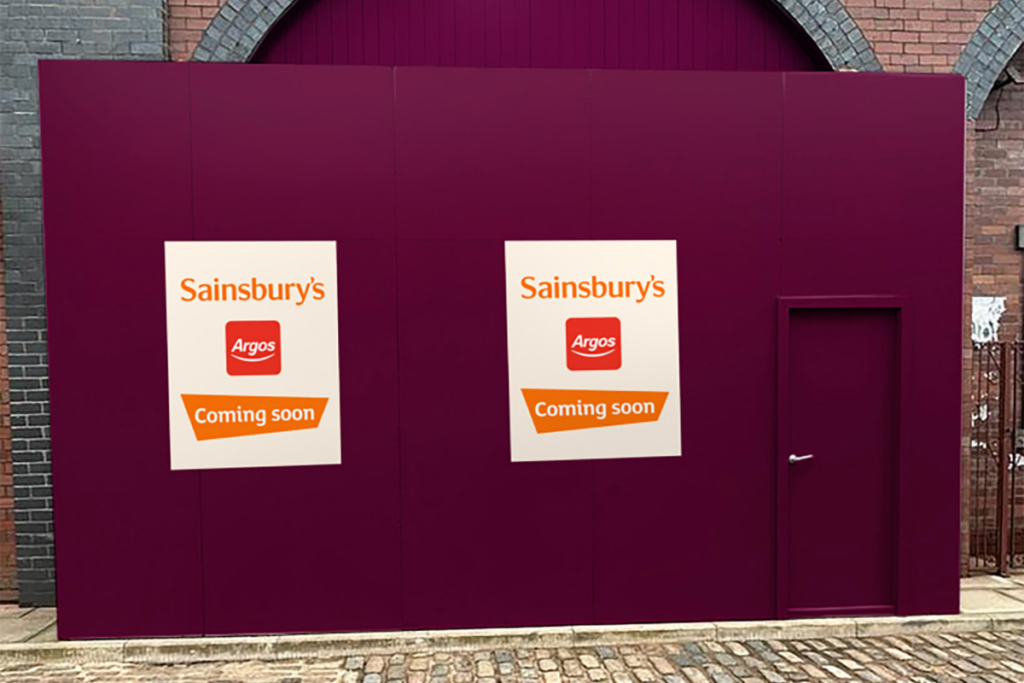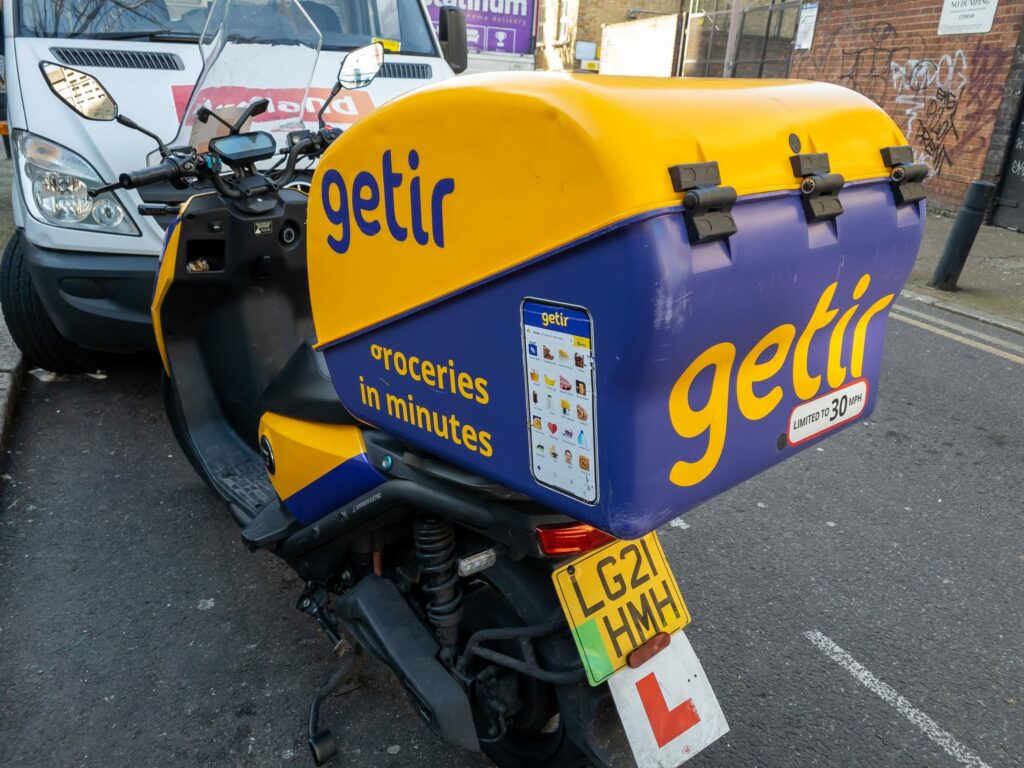Last week, to the surprise of many, Lush announced it would be boycotting Facebook, Instagram, TikTok and Snapchat in response to growing concerns over the safety of the platforms and its effect on mental health.
The retailer took the accounts offline the day after Thanksgiving, with Lush’s chief digital officer Jack Constantine saying it has no plans to return them anytime soon.
The cosmetics business previously attempted to ditch its social media channels back in 2019, but found that it needed a way to stay connected to consumers when the pandemic hit.
However, it isn’t the only brand to stay away from these hyper-popular platforms. At the start of the year, Bottega Veneta shocked fans of the popular luxury clothing retailer by shutting down its social media accounts.
As one of the biggest fashion brands in the world (and with over 2.5 million followers on Twitter alone) the retailer has retained its popularity IRL and through word of mouth, proving retailers don’t have to be on social media to be successful.
As retailers aim to look out for their shoppers’ best interests, how can they ensure customers stay safe online? And while perfectly commendable – is it even their responsibility to do so?
“Retail media is changing the way shoppers and brands interact”
Sophie Madgewick, social media strategist at the digital marketing & PR agency Wolfenden told Retail Gazette that it is “absolutely their responsibility to protect their online community”, but added that there is “only so much a company can do.”
“Social media monitoring is important to ensure that consumers are behaving well on your social media page or channels,” she said.
“All social channels have a ‘blocking’ or ‘banning’ function, so if one person continues to misbehave you can, and should, ban them from interacting with your business on social media.
Madgewick also pointed out that companies can “keep on top of the latest social media features that are designed to protect users and keep them safe online – like the new Instagram ‘Take a Break’ feature.”
When asked if brands and retailers alike place too much on social media, Jessica Chapplow, head of ecommerce at Havas Market, said that it’s less about the importance that retailers place on social and more about whether the efforts and investment are evident in how their social presence is perceived by consumers.
“Social commerce has moved from simply being a viable channel to become an increasingly valuable channel,” she explained.
“Commerce is now so much more than just a transaction, it is an interaction between a business and its customer, and those who fail to adapt will undoubtedly be left behind.
“This means brands looking to connect with consumers in meaningful ways should focus on their content,” she continued. “Not just the larger investments, but the messaging and stories told across any and every platform, from social to streaming to the stories told in direct email.”
For those looking to achieve the Holy Grail of engaging and interacting with both existing and new customers outside of social media; it is possible.
James Morris-Manuel, managing director EMEA at the 3D specialist Matterport, explained that while social media is a predominant way for brands and retailers to reach audiences, businesses also have a suite of other tools that can engage them to a much greater degree.
“Technology can elevate the retail experience by creating an immersive and exciting way for products to be showcased on-site,” he said.
“The process can entice customers and bring them back to brick-and-mortar stores, and opens new doors in how brands can reach their hearts and minds.”
Morris-Manuel cited digital twins as a key example of this.
“In short, a digital twin is a replica of the built world, which can be made of any building, no matter the size. For retail, digital twins have a wide range of benefits that help to elevate the shopping experience to new heights,” he told Retail Gazette.
“For example, they can be used to turn locations into showrooms, which anyone can access and have the full brand experience.”

Prada used Matterport to generate a digital twin of its show during Milan Fashion week, allowing the luxury retailer to display its menswear collection even during the pandemic.
“Digital twins were invaluable during the fashion show as they created a way around the lockdown restrictions but are not only beneficial during Covid constraints,” Morris-Manuel added.
“It gives retailers an edge when showing off their products and excites an audience who are crying out for innovation in the competitive retail industry.”
“Social media is a vital part of any retailer’s business model”
While there’s no doubt that social media comes with endless positives for retailers, do they outweigh the negatives?
“Yes, the positives almost always outweigh the negatives, but the negatives do still need to be addressed and can’t be brushed under the rug and ignored,” said Sophie Madgewick.
“It’s no secret that social media is influential, and retailers can not only build a loyal customer base that generates sales and revenue (the ultimate goal of any business), but they also create communities.”
Madgewick stressed that retailers have an obligation to protect these communities that they have created, and so the various negative aspects of social media need to be addressed.
“The addictive nature of social media can be dangerous to users, taking its toll on their mental health and wellbeing,” she added.
“Retailers need to be aware of and consider this when planning social media strategies and campaigns, especially as mental health awareness has become a cause that many consumers have strong opinions on.”
Jessica Chapplow said she’s “optimistic that at a time where social connections are more important than ever, social media is a vital part of any retailer’s business model.”
Chapplow added that for a long time, social media was where consumers window-shopped before heading to Amazon, Boots or other online sites to make a purchase.
“Brands have traditionally leveraged social platforms solely to build relationships, communities and trust. However, visual-first platforms such as Pinterest and, more importantly, Instagram, began blurring those boundaries and changing the game.”
It is clear that, while social media can be used to help elevate and grow brand awareness, retailers making the most of this benefit also need to take responsibility for the wellbeing of the consumers they are engaging with online.
Click here to sign up to Retail Gazette’s free daily email newsletter


















